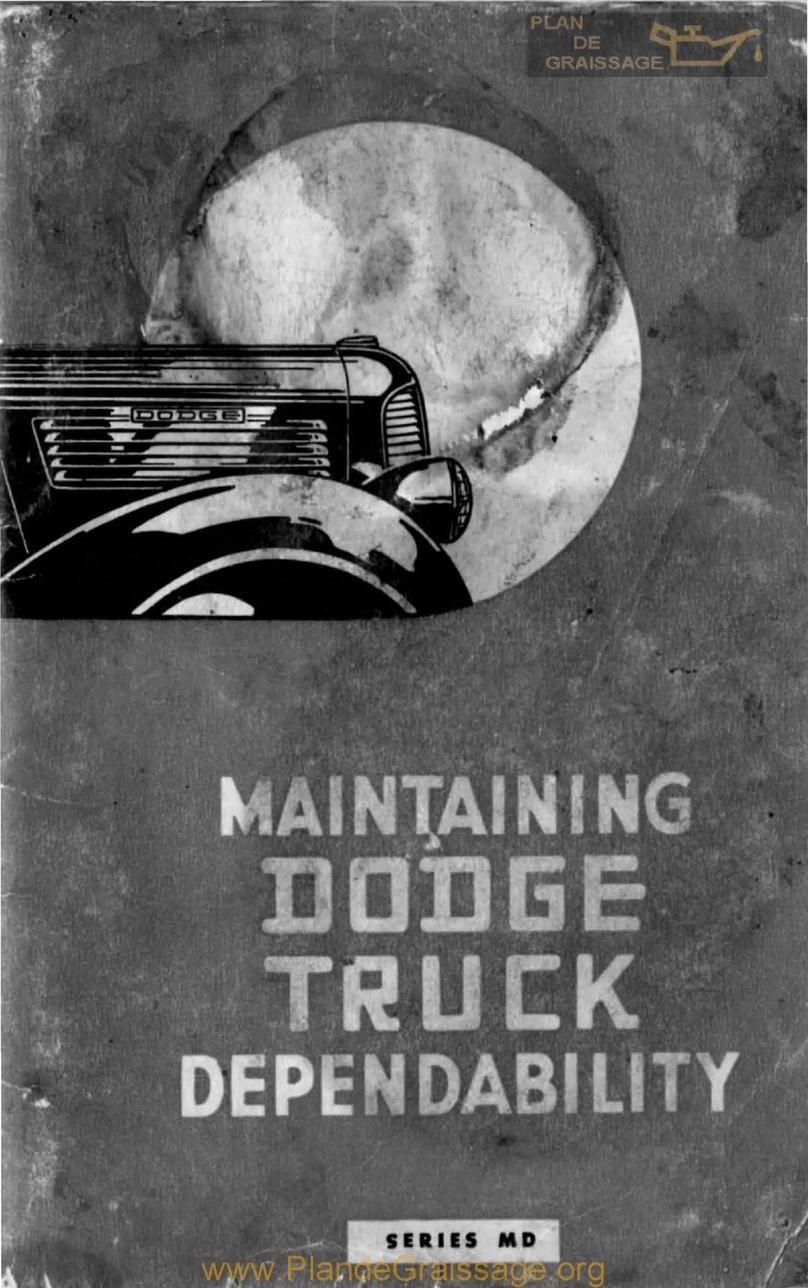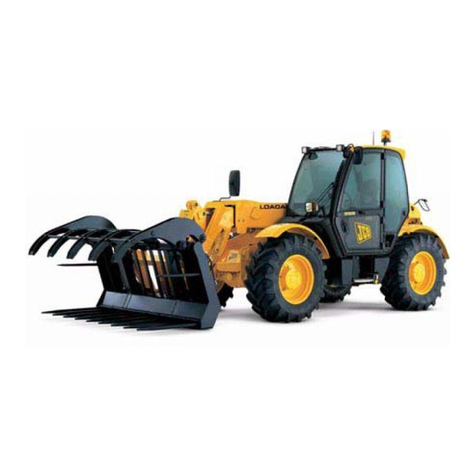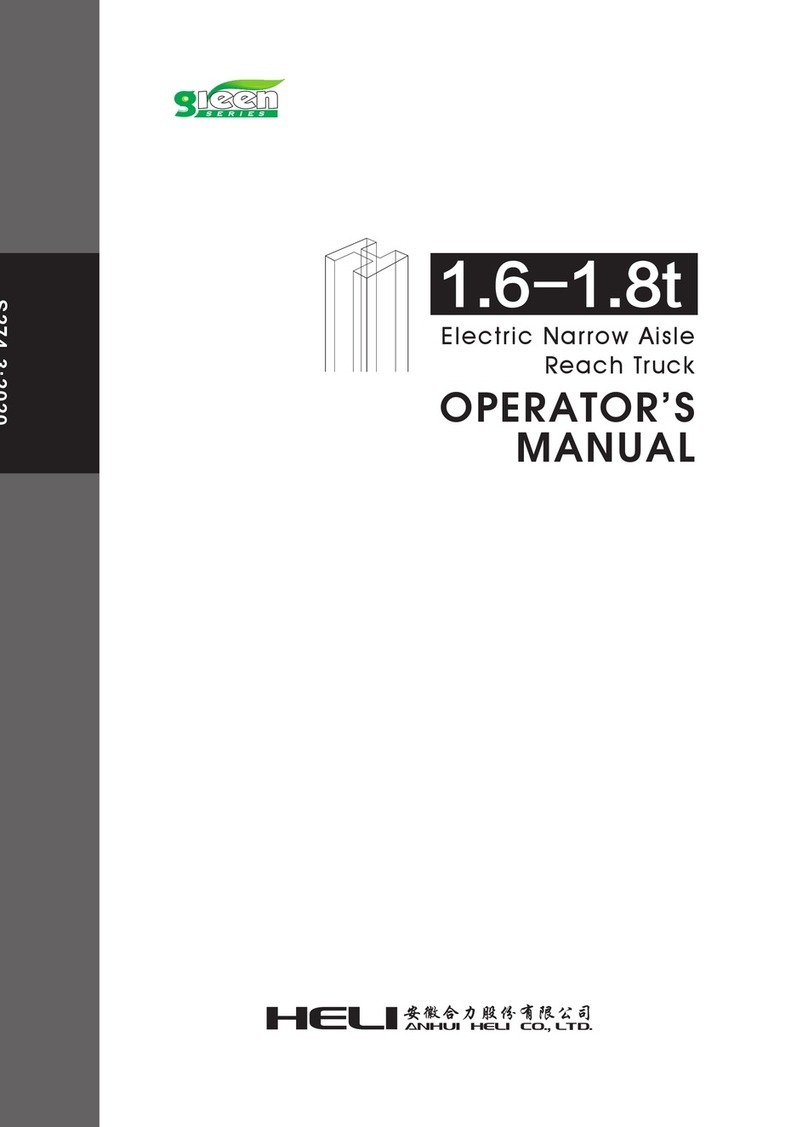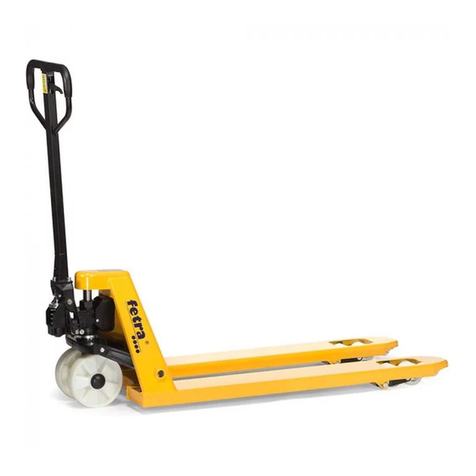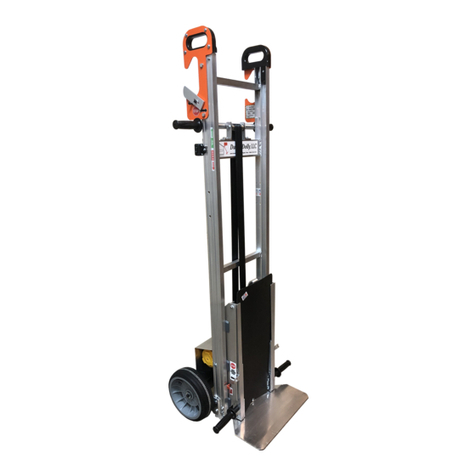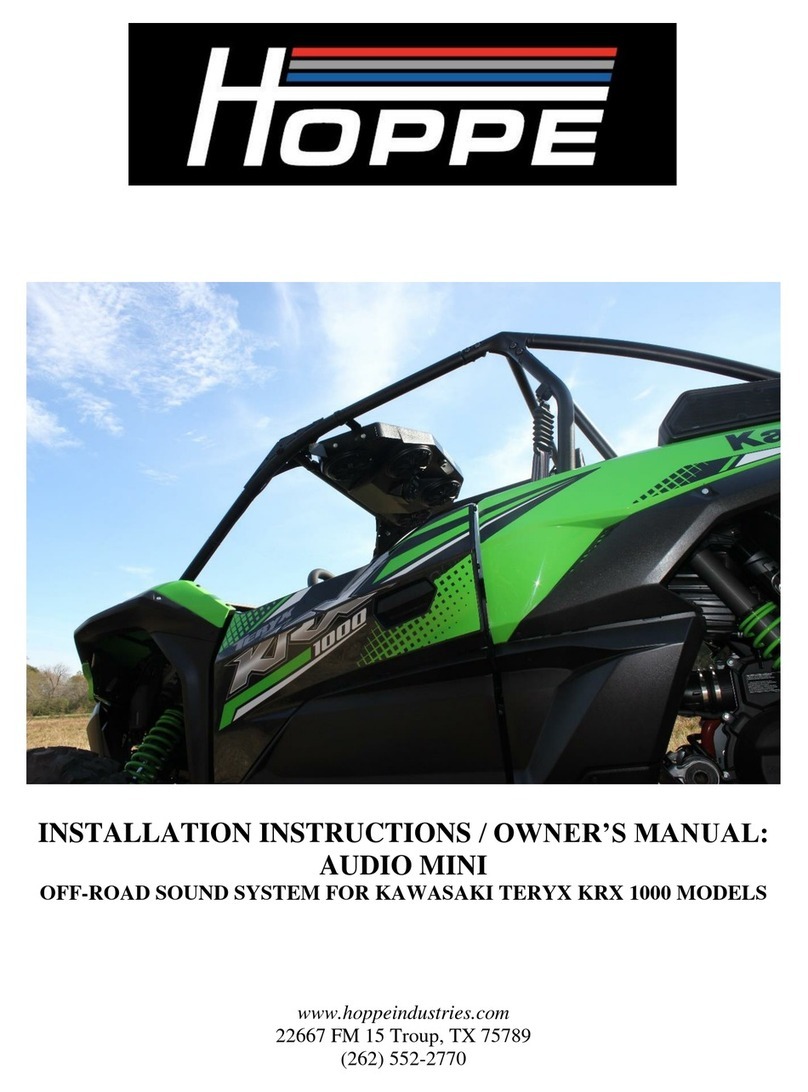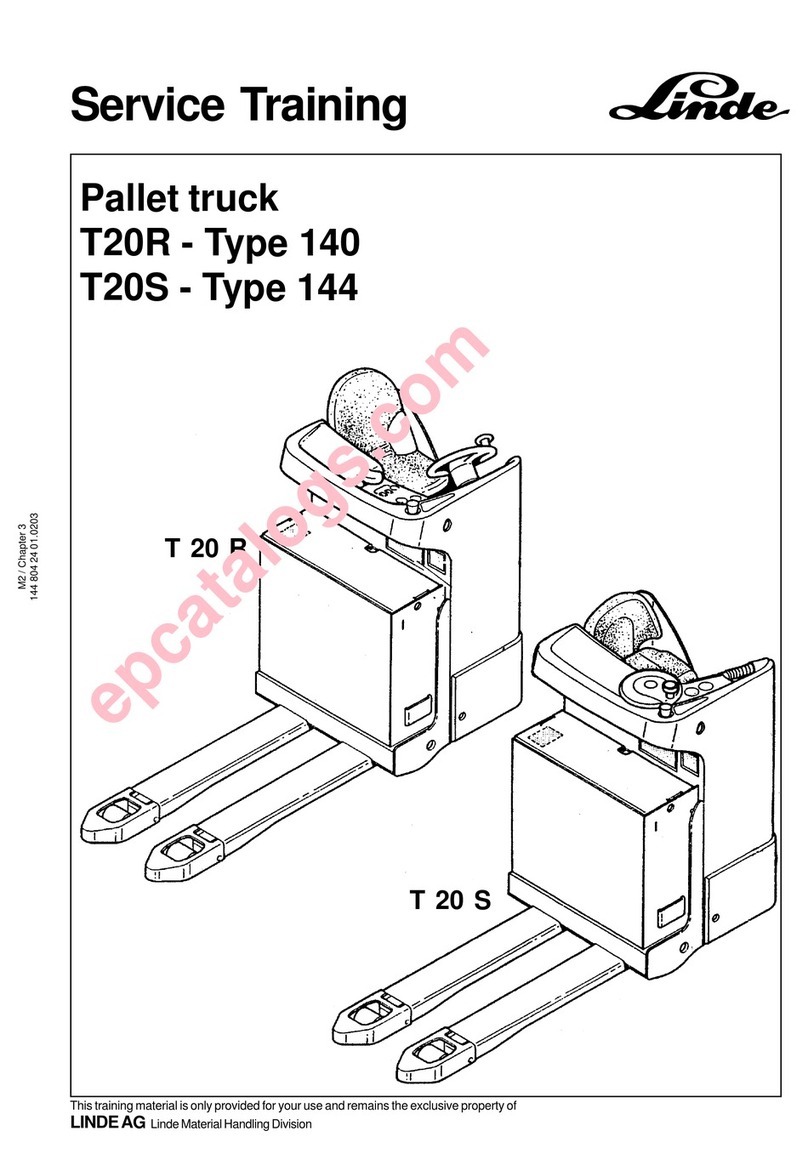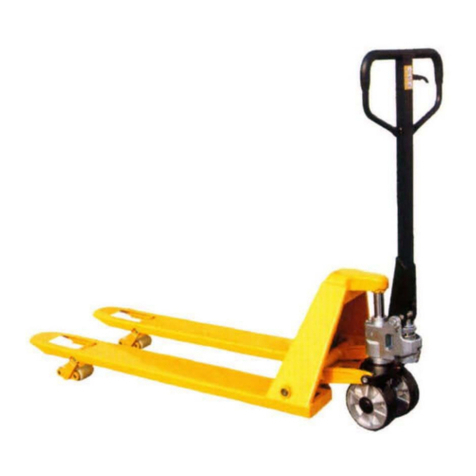Scania L Series User manual

1 (103)
374 770
Product information for the
emergency services
Truck
L, P, G, R and S series
00:01-08
Issue: 8 en-GB

2 (103)
Table of contents
Before starting to read....................................................................................................................1
Fluids in the vehicle ........................................................................................................................2
Electrical system 24 V.....................................................................................................................3
Battery.......................................................................................................................................3
Battery master switch....................................................................................................................4
Cable harness..............................................................................................................................6
Getting into the vehicle...................................................................................................................7
Door..........................................................................................................................................7
Windscreen and door window.........................................................................................................9
Opening the vehicle front grille panel ........................................................................................... 10
Lockable front grille panel ........................................................................................................... 10
If the front grille panel of the vehicle cannot be opened ..................................................................... 11
Cab structure ...............................................................................................................................12
Vehicle safety equipment ..............................................................................................................13
Airbag ..................................................................................................................................... 13
Belt pretensioner........................................................................................................................ 14
Engine air intake ..........................................................................................................................15
Front air intake .......................................................................................................................... 15
High air intake........................................................................................................................... 16
Air suspension ..............................................................................................................................17
Cab with air suspension............................................................................................................... 17
Chassis air suspension................................................................................................................. 19
Securing the cab ...........................................................................................................................21
Adjusting steering wheel...............................................................................................................23
Adjusting with button ................................................................................................................. 23
Adjusting the seat.........................................................................................................................24
Cab dimensions and weight ..........................................................................................................25
Gas vehicles .................................................................................................................................. 26
Vehicle gas ............................................................................................................................... 26
Gas vehicle components in CNG................................................................................................... 28
Gas vehicle components in LNG................................................................................................... 30

3 (103)
Risk management for gas vehicles................................................................................................. 32
Hybrid vehicles and plug-in hybrid electric vehicles, truck ..........................................................35
The electric propulsion system in hybrid and plug-in hybrid vehicles ................................................... 35
Built-in safety devices................................................................................................................. 36
Cut all power to the vehicle.......................................................................................................... 37
Procedure for extinguishing a fire.................................................................................................. 38
Recovery and shunting................................................................................................................ 39
The hybrid system...................................................................................................................... 42
Chemical information on propulsion batteries .................................................................................. 50
Electric vehicles............................................................................................................................51
The electric propulsion system in electric vehicles............................................................................ 51
Built-in safety devices................................................................................................................. 52
Cut all power to the vehicle.......................................................................................................... 53
Procedure for extinguishing a fire.................................................................................................. 54
Recovery and shunting................................................................................................................ 55
The electric drive system ............................................................................................................. 58
Chemical information on propulsion batteries .................................................................................. 64
Recovery and shunting .................................................................................................................65
Recovery.................................................................................................................................. 65
Towing and shunting................................................................................................................... 78
Vehicles with electrohydraulically steered tag axle............................................................................ 83
Release the electronic parking brake .............................................................................................. 84
Releasing the parking brake with inoperative pneumatic system .......................................................... 86
Disabling the parking brake.......................................................................................................... 87
Detach propeller shaft ................................................................................................................. 89
Half shaft ................................................................................................................................. 94
All-wheel drive vehicles.............................................................................................................. 97
Recovery tool............................................................................................................................ 99

00:01-08 Issue: 8 en-GB © Scania CV AB 1 (103)
Before starting to read
The document is intended for emergency services, recovery companies and
similar. Workshops should refer to the Workshop Manual.
WARNING!
Check that this is the latest issue of Scania’s product information for the
rescue services. Go to www.scania.com/group/en/home/products-and-
services/rescue-and-towing.
WARNING!
The information in Scania's product information for emergency services
applies to vehicles in the L, P, G, R and S series that have been ordered in
the ordinary order system.
Before starting to read

00:01-08 Issue: 8 en-GB © Scania CV AB 2 (103)
Fluids in the vehicle
WARNING!
Fuel in the fuel tank, fuel pipes and fuel hoses may be at a temperature of
70 Celsius.
The following fluids and volumes can be found in the vehicle:
1. Coolant: 80 litres
2. Washer fluid: 16 litres
3. Power steering gear
4. Engine oil: 47 litres
5. Transmission oil: 80 litres
6. Reductant*: 38-96 litres
7. Reductant*: 62-115 litres
8. Battery acid
9. Refrigerant: approx. 1,050 grams
10. Fuel: The capacity is shown on the vehicle’s fuel tanks
* Reductant is a solution of urea and water that is added to the exhaust gases
upstream of the catalytic converter in engines with an SCR system. The aim is
to reduce the emissions of nitrogen oxides.
Fluids in the vehicle

00:01-08 Issue: 8 en-GB © Scania CV AB 3 (103)
Electrical system 24 V
Battery
The location of the battery box varies depending on the vehicle equipment. The
illustrations show standard positioning (A and B). If the vehicle does not have
a battery master switch then the battery must be disconnected to switch off the
voltage.
IMPORTANT!
Battery box (A) can hold batteries for 2 separate circuits.
Electrical system 24 V

00:01-08 Issue: 8 en-GB © Scania CV AB 4 (103)
Battery master switch
The vehicle may be fitted with one or two battery master switches. In most
vehicles only the tachograph and the vehicle alarm are supplied with voltage
when the battery master switch is activated.
Depending on how the vehicle bodywork is connected, the bodywork may be
supplied with voltage even when the battery master switch is activated.
Vehicles with a battery at the rear are fitted with a jump socket that is live even
when the battery master switch is not activated.
Depending on the vehicle equipment, the battery master switch can be
activated in different ways. The battery master switch can be activated with the
battery master switch handle, an external switch or a switch in the instrument
panel.
IMPORTANT!
Disconnect the yellow control switch to switch off the VCB
system:
• For hybrid vehicles, see section: Hybrid vehicles and plug-in hybrid
electric vehicles > Built in safety devices.
• For electric vehicles, see section: Electric vehicles > Built in safety
devices.
External switch for battery master switch for the 24 V
system
The vehicle may be fitted with an external switch for the battery master switch;
this is normally red. The outer switch for the battery master switch is
positioned behind the vehicle cab on the left-hand side.
Electrical system 24 V

00:01-08 Issue: 8 en-GB © Scania CV AB 7 (103)
Getting into the vehicle
Door
The door can be removed from the cab by cutting off the hinge.
WARNING!
The door can weigh up to 60 kg.
1. Open the cab corner to access the hinge. On electric vehicles, the right-hand
corner can be opened through an eye with wire rope from the outside
2. Cut or saw off hinges, door stop and cable harness.
Getting into the vehicle

00:01-08 Issue: 8 en-GB © Scania CV AB 9 (103)
Windscreen and door window
The windscreen is laminated and glued to the cab structure. Use a tiger saw, for
example, to saw through the windscreen.
The door window may consist of single or laminated glass. Use an emergency
hammer or tiger saw, for example, to smash the door window.
Getting into the vehicle

00:01-08 Issue: 8 en-GB © Scania CV AB 10 (103)
Opening the vehicle front grille panel
Lockable front grille panel
The lockable front grille panel can be opened using a handle in the door pillar.
Grasp the handle at the arrow and pull back forcibly. If the front grille panel is
stuck, ask someone else to pull up forcibly on the lower edge of the front grille
panel at the same time.
Opening the vehicle front grille panel

00:01-08 Issue: 8 en-GB © Scania CV AB 11 (103)
If the front grille panel of the vehicle cannot be
opened
The front grille panel of the vehicle is attached by a hinge in the upper part.
3. Cut or saw off the hinges on the grille panel's left or right-hand side.
4. Fold down the front grille panel.
Opening the vehicle front grille panel

00:01-08 Issue: 8 en-GB © Scania CV AB 13 (103)
Vehicle safety equipment
Airbag
WARNING!
The airbag contains explosive substances!
If the vehicle is fitted with an airbag on the driver’s side, this is indicated by
the text AIRBAG on the steering wheel. The passenger side is never fitted with
an airbag.
When the vehicle starter key is in the lock position, or there is no vehicle
power, then the airbag is deactivated.
The starter key is in the lock position.
Vehicle safety equipment

00:01-08 Issue: 8 en-GB © Scania CV AB 14 (103)
Belt pretensioner
WARNING!
The belt pretensioner contains explosive substances!
The belt pretensioner is positioned on the driver’s seat and on the passenger
seat. If the vehicle is fitted with an airbag there is always a belt pretensioner on
the driver’s seat.
When the vehicle starter key is in the lock position, or there is no vehicle
power, then the belt pretensioner is deactivated.
The belt pretensioner is positioned as illustrated on the 2-seat models that are
fitted with a belt pretensioner.
Vehicle safety equipment

00:01-08 Issue: 8 en-GB © Scania CV AB 15 (103)
Engine air intake
Front air intake
The vehicle engine can be shut off by spraying carbon dioxide into the air
intake. The air intake can be accessed with the front grille panel open.
Switch off the voltage to prevent the engine on vehicles with automatic idle
stop and start starting by itself. Switch off the voltage by removing the battery
terminals or battery master switch. Idle stop and start can also be deactivated
using the break switch in the instrument panel.
The vehicle engine can be shut off by spraying carbon dioxide into the air intake.
456 320
The break switch that deactivates idle stop and start in the instrument panel.
Engine air intake

00:01-08 Issue: 8 en-GB © Scania CV AB 17 (103)
Air suspension
Cab with air suspension
On vehicles with a cab with air suspension, the air can be released from the air
suspension to stabilise the cab.
WARNING!
Risk of hearing impairment! A loud noise occurs when the air flows out of
the cut or disconnected hose.
WARNING!
Risk of injury when the cab suspension is emptied.
Rear cab suspension
• Cut off air hose to the rear cab suspension.
Air suspension
This manual suits for next models
4
Table of contents





